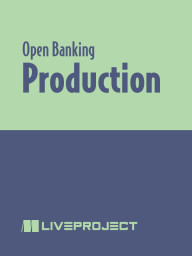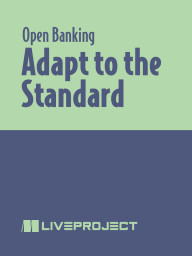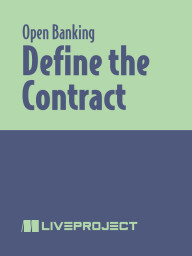products by Nathan Crocker
AI-Powered Developer Video Edition
AI-Powered Developer: Build software with ChatGPT and Copilot teaches you in concrete detail how to maximize the impact of AI coding tools in real-world software development. In it, you’ll walk through a complete application, introducing AI into every step of the workflow. You’ll use ChatGPT and Copilot to generate code and ideas, make predictive suggestions, and develop a self-documenting application. You’ll also learn how AI can help test and explain your code.
AI-Powered Developer
AI-Powered Developer: Build software with ChatGPT and Copilot teaches you in concrete detail how to maximize the impact of AI coding tools in real-world software development. In it, you’ll walk through a complete application, introducing AI into every step of the workflow. You’ll use ChatGPT and Copilot to generate code and ideas, make predictive suggestions, and develop a self-documenting application. You’ll also learn how AI can help test and explain your code.
Open Banking App Using OpenAPIs and Spring Boot
In this series of liveProjects, you’ll take on the role of backend engineer working for a boutique FinTech company. Your boss wants you to build an app that will give personal financial customers a better idea of how they’re spending their money, with an in-depth summary of every transaction. You’ve decided to use Spring Boot and OpenAPI to build this banking app. In each liveProject in this series, you’ll construct a new essential component of the FinTech app, including security integration, caching, and UI.
Production
In this liveProject, you’ll ready your service for production. You’ll use the Spring caching API to add caching functionalities to a financial application, and compose your application for deployment. You’ll use Redis as your caching server.
Exchange Data Securely
In this liveProject, you’ll secure a financial application using the out-of-the-box security features of Spring. You’ll set up authentication servers, add users, and configure rules for your application.
Secure Endpoints
In this liveProject, you’ll secure a financial application using the out-of-the-box security features of Spring. You’ll set up authentication servers, add users, and configure rules for your application.
Adapt to the Standard
In this liveProject, you’ll build an API that can integrate your customer’s transaction data from a third party. You’ll construct a robust client with OpenAPI and WebClient, and make HTTP requests with Spring Boot. You’ll then develop a pipeline of enrichment for the merchant data you acquire through your API.
Define the Contract
In this liveProject, you’ll use Spring Boot and Gradle to create the basic mobile banking application. You’ll begin by creating the domain object, REST Controller, and supporting service to present the data, then test your application to ensure it’s working properly. You’ll add JPA to store your users’ transactions, then finish up with end-to-end testing of your whole app.








